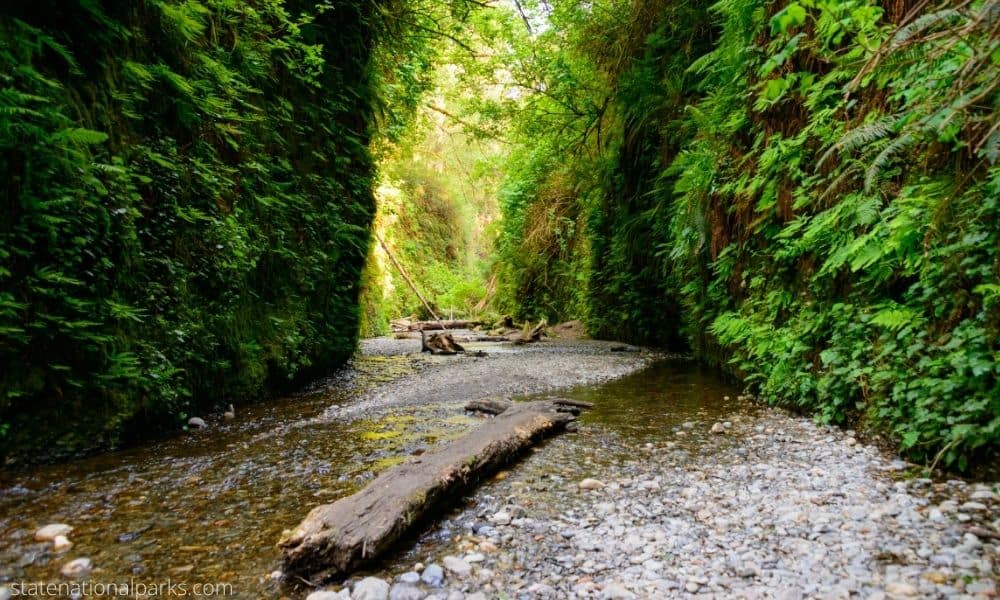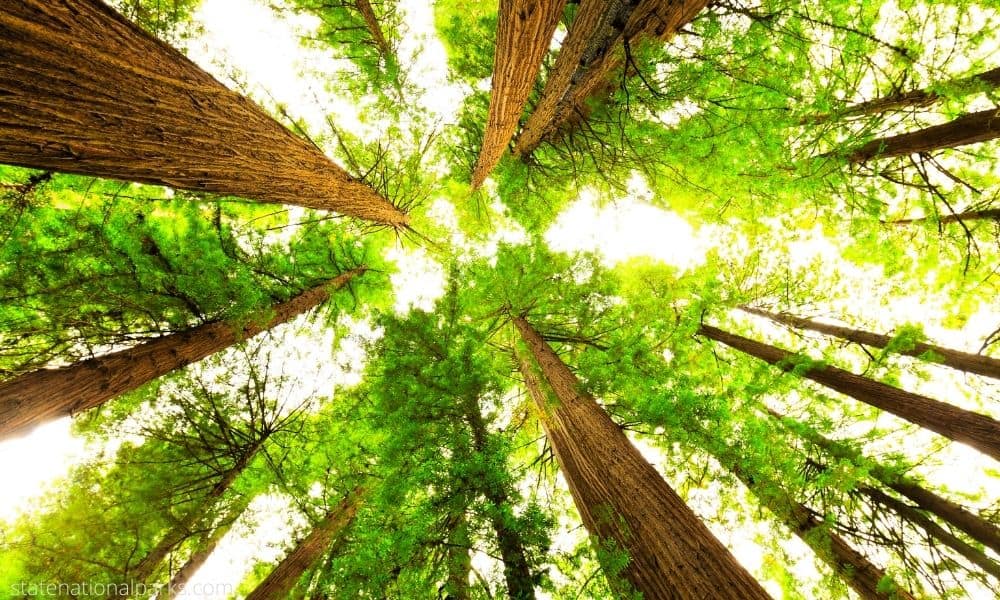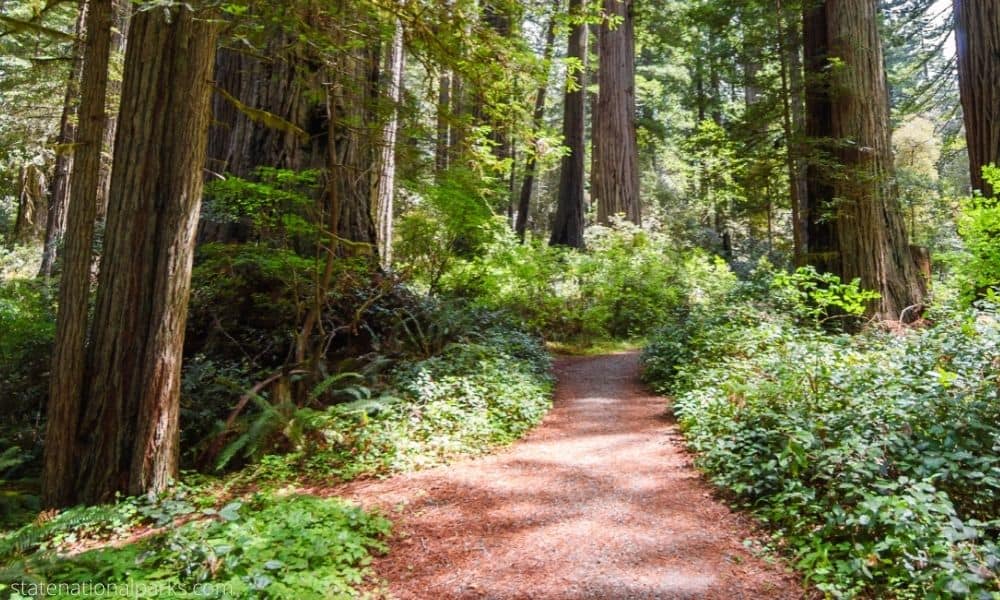
Redwood National and State Parks is a protected area located on the north coast of California, USA. This park is famous for its magnificent groves of giant redwoods, some of the tallest trees on earth. The park encompasses a diverse range of ecosystems, including old-growth forests, coastal prairies, and wild beaches. In this article, we will take a closer look at Redwood National and State Parks and explore the unique features that make this natural wonder so special.
History
The redwood forests of Northern California have a rich cultural and ecological history. The area has been home to Native American tribes for thousands of years, who have used the forests for food, medicine, and shelter. In the 19th century, European settlers arrived and began logging the forests, causing widespread deforestation and habitat destruction. By the mid-20th century, only a fraction of the original redwood forests remained.

In response to this crisis, a group of concerned citizens began advocating for the preservation of the remaining redwoods. Their efforts culminated in the creation of Redwood National Park in 1968, which was expanded in 1978 to include adjacent state parks. Today, the park protects over 130,000 acres of redwood forest and is managed jointly by the National Park Service and the California Department of Parks and Recreation.
Geology
The geology of Redwood National and State Parks is characterized by rugged coastlines, towering cliffs, and ancient forests. The park is situated on a series of uplifted marine terraces that were formed millions of years ago by tectonic activity and erosion. The terraces are composed of sedimentary rocks such as sandstone, shale, and conglomerate, which were deposited in the shallow seas that once covered this region.

The most distinctive feature of the park is, of course, the giant redwood trees. These trees, which can grow up to 350 feet tall and live for over 2,000 years, are the tallest living organisms on earth. The redwoods are adapted to the cool, moist climate of the coast, and rely on a dense network of roots to absorb nutrients and water from the soil. The forest floor is covered in a thick layer of duff, which is composed of fallen leaves, needles, and branches. This duff layer helps to retain moisture and nutrients in the soil, and provides habitat for a wide range of plant and animal species.
Flora and Fauna
The forests of Redwood National and State Parks are home to a diverse array of plant and animal species. The redwoods themselves are the most famous residents of the park, but the forests also support a variety of understory plants such as ferns, mosses, and wildflowers. The park’s coastal prairies are home to grasses, wildflowers, and shrubs that are adapted to the harsh, windy conditions of the coast.
The park is also home to a variety of wildlife, including black bears, mountain lions, elk, and coyotes. The rivers and streams that flow through the park are home to salmon and steelhead trout, which migrate upriver to spawn. The park’s beaches are important nesting sites for seabirds such as pelicans, cormorants, and gulls.
Recreation
Redwood National and State Parks offer a wide range of recreational opportunities for visitors of all ages and interests. The park has several hiking trails that range in difficulty from easy nature walks to challenging backcountry treks. The most popular trail is the Lady Bird Johnson Grove Trail, which winds through an old-growth redwood forest and offers stunning views of the surrounding landscape.
Visitors can also explore the park on guided tours, ranger-led hikes, and other educational programs. The park has several campgrounds available for overnight stays, as well as backcountry camping options for more adventurous visitors. The park’s beaches are popular destinations for swimming, surfing, and wildlife watching.
One unique feature of Redwood National and State Parks is the opportunity for visitors to participate in citizen science projects. The park offers several programs where visitors can help collect data on wildlife populations, plant communities, and other ecological phenomena. These programs allow visitors to contribute to scientific research while learning more about the park’s natural history and ecology.
Redwood National and State Parks is a true wonder of the natural world, offering visitors a unique and awe-inspiring glimpse into the beauty and diversity of the North Coast of California. With its ancient forests, rugged coastline, and abundant wildlife, this park is a must-see destination for anyone exploring the American West. Whether you’re a hiker, camper, wildlife enthusiast, or just a lover of nature, Redwood National and State Parks has something to offer. So come and explore the wonders of the redwoods, and experience the magic of this unforgettable landscape.
Related posts:
Redwood National and State Parks is a stunning destination located in northern California, which is famous for its towering redwood trees, diverse wildlife, and beautiful coastline. A well-planned vacation to Redwood National and State Park...
Redwood National and State Parks, located in northern California, are home to some of the tallest trees on Earth and offer a range of hiking trails for visitors to explore. Whether you're looking for a leisurely stroll or a challengin...